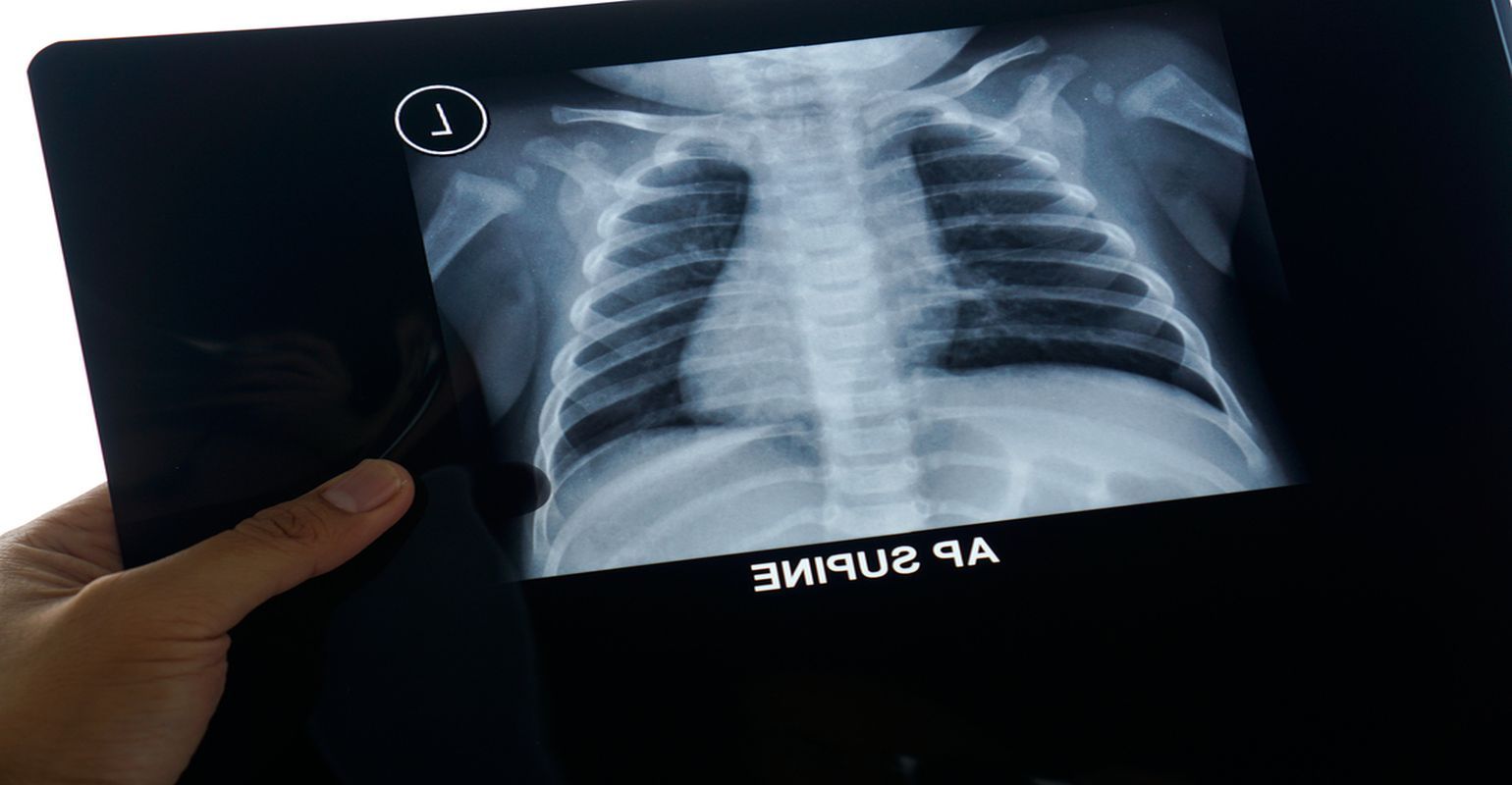Many Kids with Pneumonia Get Unnecessary Antibiotics, Chest X-Rays

Preschool children with community-acquired pneumonia often receive unnecessary tests and treatment at outpatient clinics and emergency departments, according to a nationally representative study led by Todd Florin, MD, MSCE, from Ann & Robert H. Lurie Children’s Hospital of Chicago. While most cases of community-acquired pneumonia in young children are caused by viruses, for which antibiotics provide no benefit, antibiotics were prescribed in nearly 74 percent of outpatient visits. Chest X-rays were obtained in 43 percent of visits, despite guidelines against routine use for young children with pneumonia in an outpatient setting. Findings were published in the Journal of the Pediatric Infectious Diseases Society.
“It is concerning that so many young children with community-acquired pneumonia are receiving antibiotics that are not needed,” says Florin, who heads the Grainger Initiative in Pediatric Emergency Medicine Research at Lurie Children’s and is Associate Professor of Pediatrics at Northwestern University Feinberg School of Medicine. “In addition to going against evidence and clinical guidelines, overuse of antibiotics contributes to antibiotic resistance, which threatens future availability of effective treatments for bacterial infections, while also leading to antibiotic-associated side effects that can range from mild to life-threatening.”
Community-acquired pneumonia is one of the most common infections in children, accounting for about 1.5 million healthcare visits each year in the United States.
In 2011, clinical guidelines for pediatric community-acquired pneumonia were issued by the Pediatric Infectious Diseases Society and the Infectious Diseases Society of America. These groups recommend against routine chest X-ray, complete blood count and blood cultures, as well as against routine antibiotics for preschool children treated as outpatients.
To evaluate the effect of this guideline, Florin and colleagues examined national data representing an estimated 6.3 million visits to outpatient clinics and emergency departments during 2008-2015 by children 1 to 6 years of age with community-acquired pneumonia. They found that high use of non-recommended diagnostic tests and antibiotics persisted over the entire study period, and that the 2011 guidelines had no impact on practice.
“Focused quality-improvement efforts are needed to increase guideline adherence to ensure that these children are receiving appropriate, evidence-based care,” says Florin. “We especially need to focus on reducing antibiotic overuse, which is critically important.”
This study was supported, in part, by the National Institute for Allergy and Infectious Diseases, National Institutes of Health (grant K23 AI121325 to Florin).
Source: Ann & Robert H. Lurie Children’s Hospital of Chicago